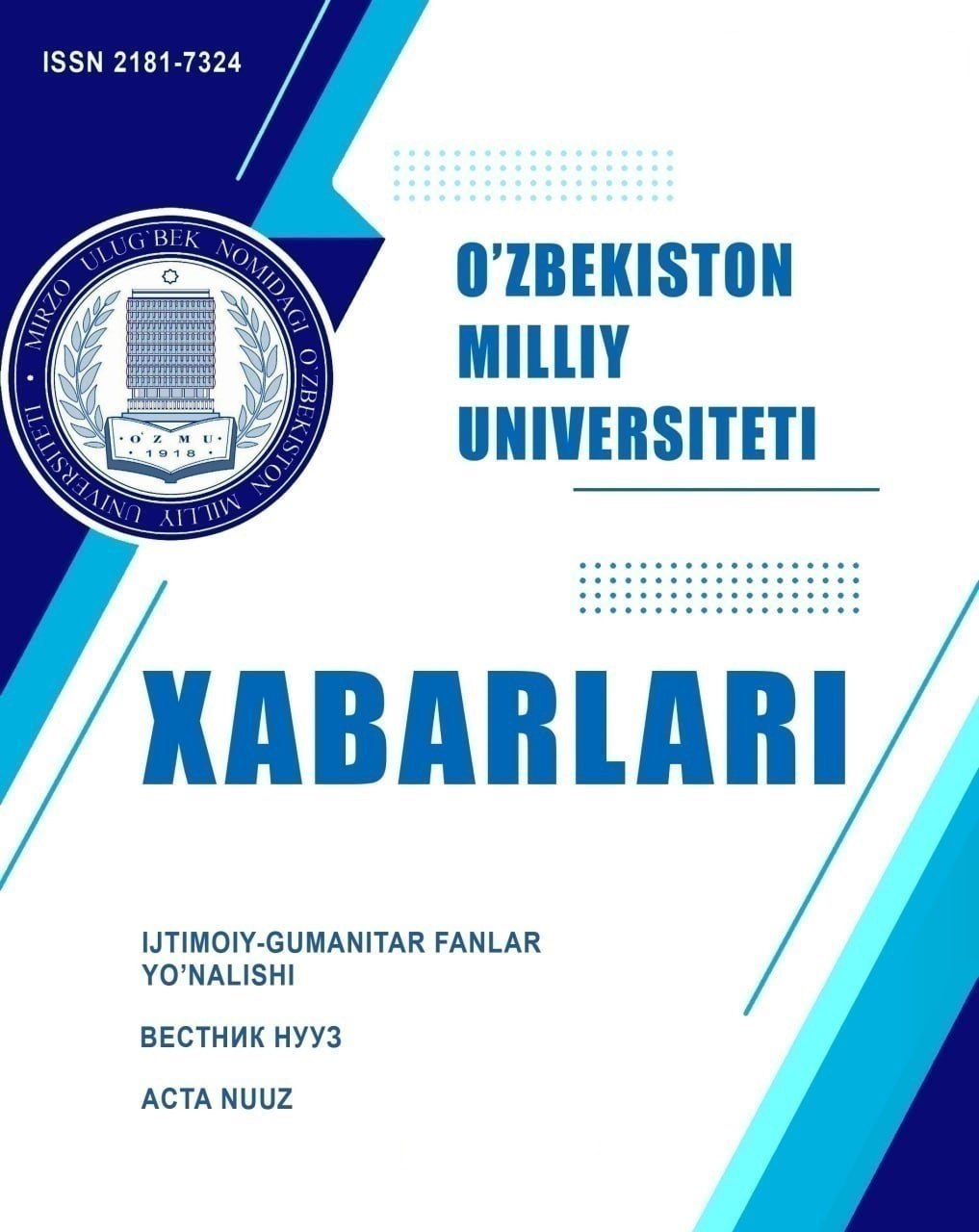ENHANCING SOCIOLINGUISTIC COMPETENCE IN ESL LEARNERS: METHODS AND PRACTICAL APPROACHES
Abstract
This article explores various methods and practical approaches to enhance sociolinguistic competence in ESL learners. It emphasizes the critical role of cultural understanding and pragmatic skills in effective communication. Drawing on the teaching methods of Brooks, Taylor, and Sorenson, the article analyzes strategies that help students navigate intercultural differences and avoid pragmatic transfer, which can cause communication breakdowns. By integrating cultural learning into language lessons, educators can foster deeper competence in students, allowing them to communicate more naturally and appropriately in diverse social contexts.
References
Стратегия действий по пяти приоритетным направлениям развития страны в 2017-2021 годах. – Приложение № 1 к Указу Президента Республики Узбекистан от 7 февраля 2017 года № УП-4947.
Hymes, D. (1972). "On Communicative Competence". книга "Sociolinguistics: Selected Readings", ed. J.B. Pride и J. Holmes, издательство Penguin Books, страницы 269-293.
Brooks, N. (1968). "Language and Language Learning: Theory and Practice". Harcourt, Brace & World.
Taylor, H. M., & Sorenson, J. S. (1961). "Cultural Capsules and Clusters in Foreign Language Teaching".
King & Silver. (1993). "Sticking points": effects of instruction on NNS refusal strategies. Working papers in educational linguistics , 2 (1), 47-82.
Byram, M. (1997). "Teaching and Assessing Intercultural Communicative Competence". Published by Multilingual Matters.
Kramsch, C. (1993). "Context and Culture in Language Teaching".Published by Oxford University Press.
Copyright (c) 2024 News of the NUUz

This work is licensed under a Creative Commons Attribution-NonCommercial-ShareAlike 4.0 International License.


.jpg)

1.png)







